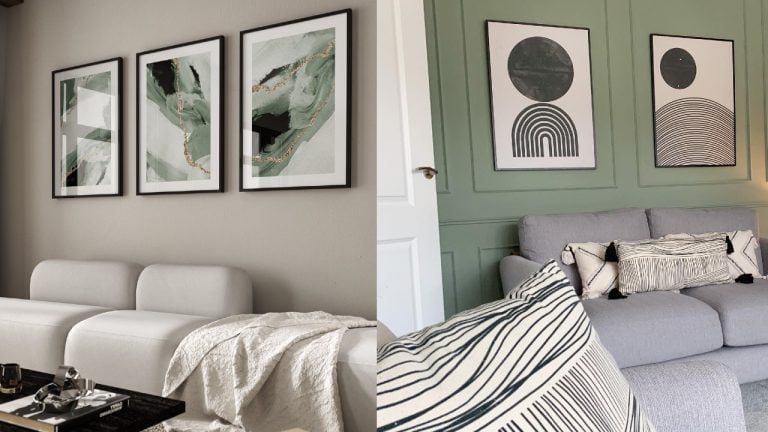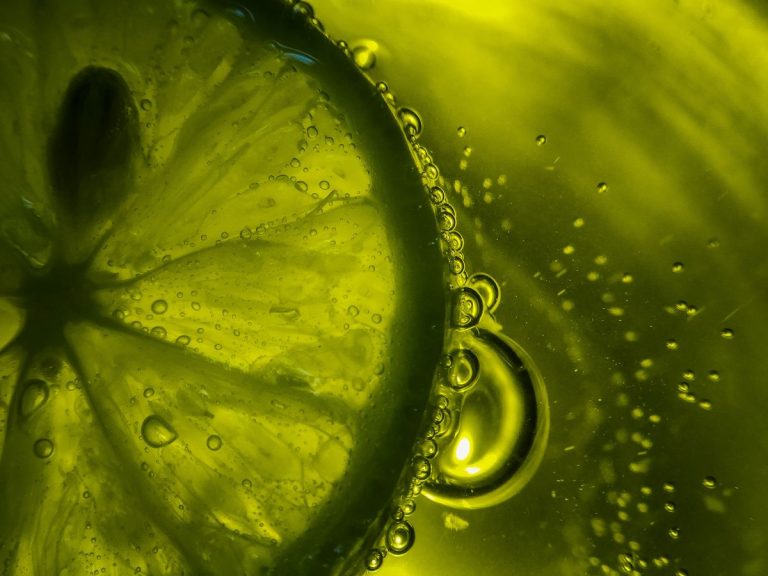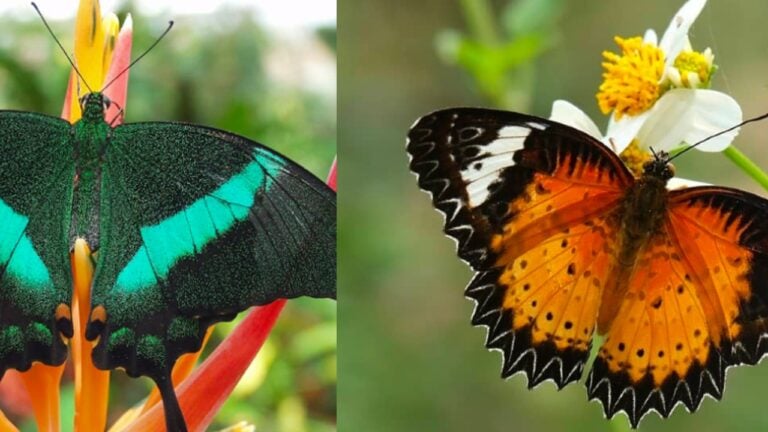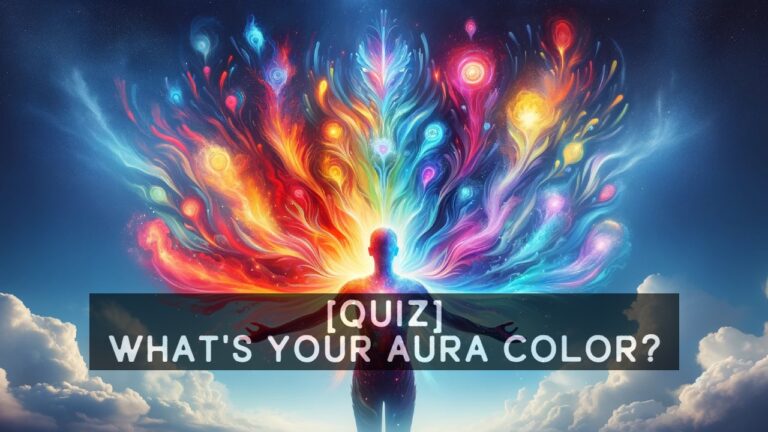Color synesthesia is a neurological phenomenon where individuals experience colors in response to non-visual stimuli. For these “color synesthetes,” the world is painted with hues triggered by sounds, tastes, emotions, or even abstract concepts like time and mathematics.
This unique perceptual experience is involuntary and consistent over time. A synesthete who sees the letter ‘A’ as red will always perceive it as red, creating a rich and complex inner world where colors play a role far beyond visual aesthetics.

Common Types of Color Synesthesia
- Chromesthesia: Seeing colors when hearing sounds or music
- Grapheme-color Synesthesia: Perceiving letters and numbers in specific colors
- Lexical-color Synesthesia: Associating words with colors
- Emotion-color Synesthesia: Experiencing colors linked to emotional states
While these are some of the most common forms, color synesthesia can manifest in numerous ways. Some individuals might see colors when they taste foods, while others might associate colors with days of the week or months of the year. The variety of synesthetic experiences highlights the complex and interconnected nature of our sensory processing systems.
Chromesthesia: The Sound of Colors
Sarah, a musician, experiences a rainbow of colors when she listens to music. For her:
- Piano notes appear as blue ripples
- Violin strains manifest as streaks of silver
- Drum beats burst like red fireworks
This sensory fusion often influences her compositions, as she “paints” with sound.
Chromesthesia can significantly impact how individuals experience and create music. For some, it enhances their appreciation of musical compositions, allowing them to “see” the structure and harmony in a unique way. Musicians with chromesthesia often describe their composing process as a visual as well as an auditory experience, leading to innovative and synesthetic works of art.
Grapheme-color Synesthesia: The Alphabet in Technicolor
Mark has grapheme-color synesthesia. His perception of letters and numbers includes:
- ‘A’ always appears bright red
- ‘7’ is a deep forest green
- ‘M’ glows in a warm orange hue
This color association helps Mark with spelling and mathematical calculations.
Grapheme-color synesthesia is one of the most studied forms of the condition. Research has shown that while the specific color associations vary from person to person, they tend to remain consistent for each individual over time. This consistency has led some researchers to explore whether grapheme-color synesthesia could be used as a tool for enhancing memory and learning, particularly in fields that rely heavily on symbol recognition.
Lexical-color synesthesia: Words as Color Palettes
Emily experiences lexical-color synesthesia. For her:
- “Love” is a soft pink
- “Monday” is a gloomy gray
- “Summer” bursts with vibrant yellow
This unique perception adds an extra layer of meaning to her reading and writing experiences.
Lexical-color synesthesia can profoundly influence a person’s relationship with language. For some, it makes certain words more memorable or emotionally impactful based on their associated colors. Writers with this form of synesthesia often report that it influences their word choice and helps them create more vivid, colorful prose. It can also affect how they perceive and remember names, with some synesthetes reporting an instant like or dislike of names based on their color associations.
The Science of Colored Perception
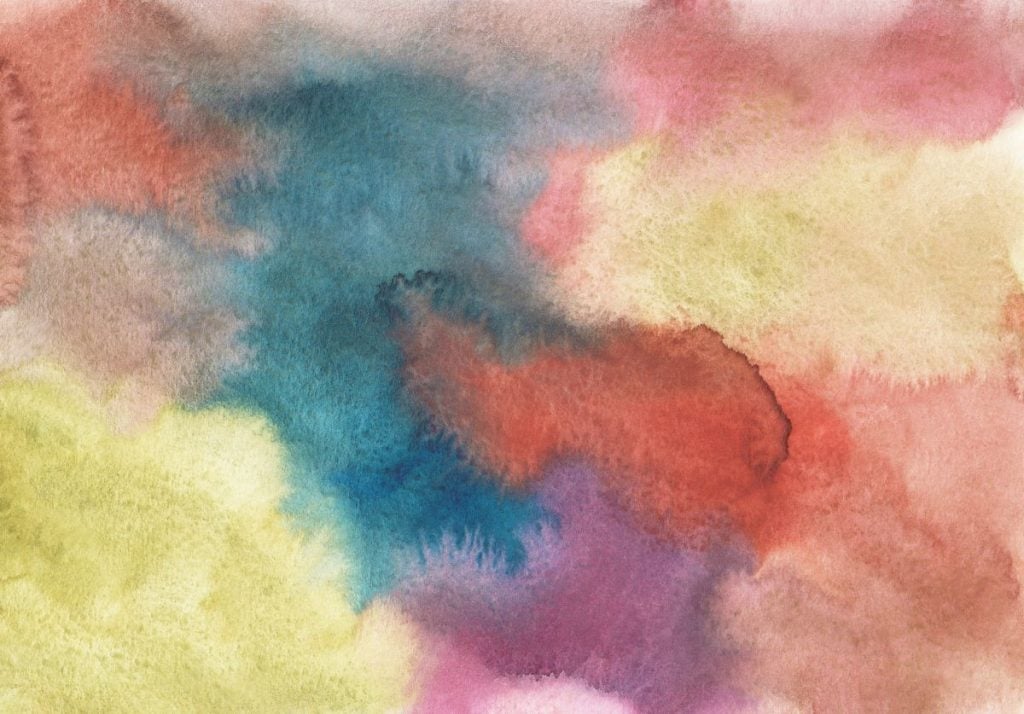
Neuroscientists believe color synesthesia results from increased cross-activation between brain regions responsible for color processing and other sensory or cognitive functions. fMRI studies have shown that the V4 color center in synesthetes’ brains activates not only when seeing colors but also when exposed to their synesthetic triggers.
This neurological basis for synesthesia has led to fascinating insights into brain plasticity and sensory processing. Some researchers propose that all infants are born with synesthetic tendencies, and that most people lose these connections as their brains develop and specialize. This theory suggests that synesthetes retain these early neural connections, providing a unique window into the developing brain’s capacity for sensory integration.
Color Synesthesia in Art and Culture
Many artists have leveraged their color synesthesia in their work:
- Wassily Kandinsky: His abstract paintings often represented musical compositions in color.
- David Hockney: The artist perceives colors with music and uses this in his vibrant landscapes.
- Lady Gaga: The pop star has described seeing colors when composing music.
The influence of color synesthesia on art and culture extends beyond individual artists. Some music visualizer software attempts to recreate synesthetic experiences for non-synesthetes, translating sound into colorful visual displays. In literature, authors like Vladimir Nabokov have incorporated their synesthetic perceptions into their writing, creating rich, sensory-laden prose. This intersection of synesthesia and creativity continues to fascinate both artists and audiences, pushing the boundaries of sensory expression in various media.
Living in a World of Extra Colors
For most color synesthetes, their condition enriches their daily experiences:
- It can serve as a powerful memory aid
- It often enhances creativity and artistic expression
- Many report a deeper, more vivid experience of the world
However, in rare cases, the constant color associations can be overwhelming or distracting.
The experience of living with color synesthesia varies widely among individuals. Some synesthetes report that their color associations help them in unexpected ways, such as remembering phone numbers or historical dates more easily. Others find that it influences their preferences in everyday life, from the clothes they wear to the foods they enjoy. While most synesthetes view their condition positively, it’s important to note that in some cases, particularly intense or conflicting color experiences can be disorienting or overwhelming, especially in cluttered or noisy environments.
Current Research and Future Directions
Ongoing studies in color synesthesia are exploring:
- The potential for using synesthetic associations to enhance learning, especially in fields like mathematics and music
- The role of color synesthesia in expanding our understanding of color perception and processing in the brain
- Possible links between color synesthesia and other cognitive abilities, such as enhanced memory or creativity
As research progresses, color synesthesia continues to paint a fascinating picture of the diverse ways humans can experience the world, reminding us that even something as fundamental as color perception can vary dramatically from person to person.
The future of color synesthesia research holds exciting possibilities. Some scientists are investigating whether synesthetic experiences can be induced in non-synesthetes through training or technology, potentially opening up new avenues for sensory enhancement. Others are exploring the genetic basis of synesthesia, which could provide insights into the hereditary nature of sensory processing. As our understanding of this phenomenon grows, it may lead to innovative applications in fields ranging from education and therapy to virtual reality and artificial intelligence, all inspired by the unique way synesthetes perceive the colorful world around them.
